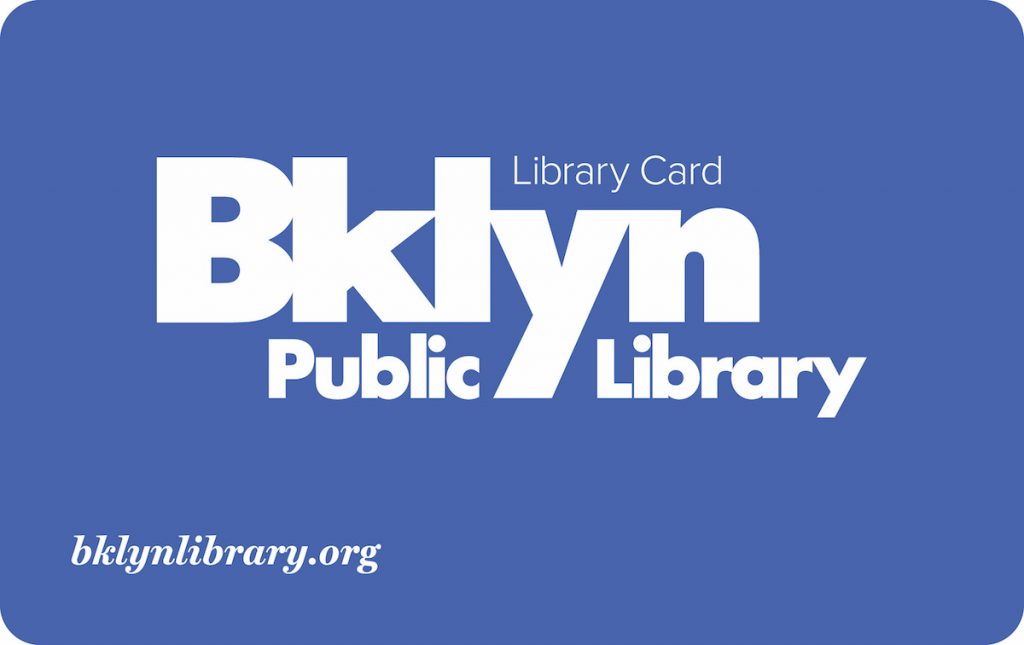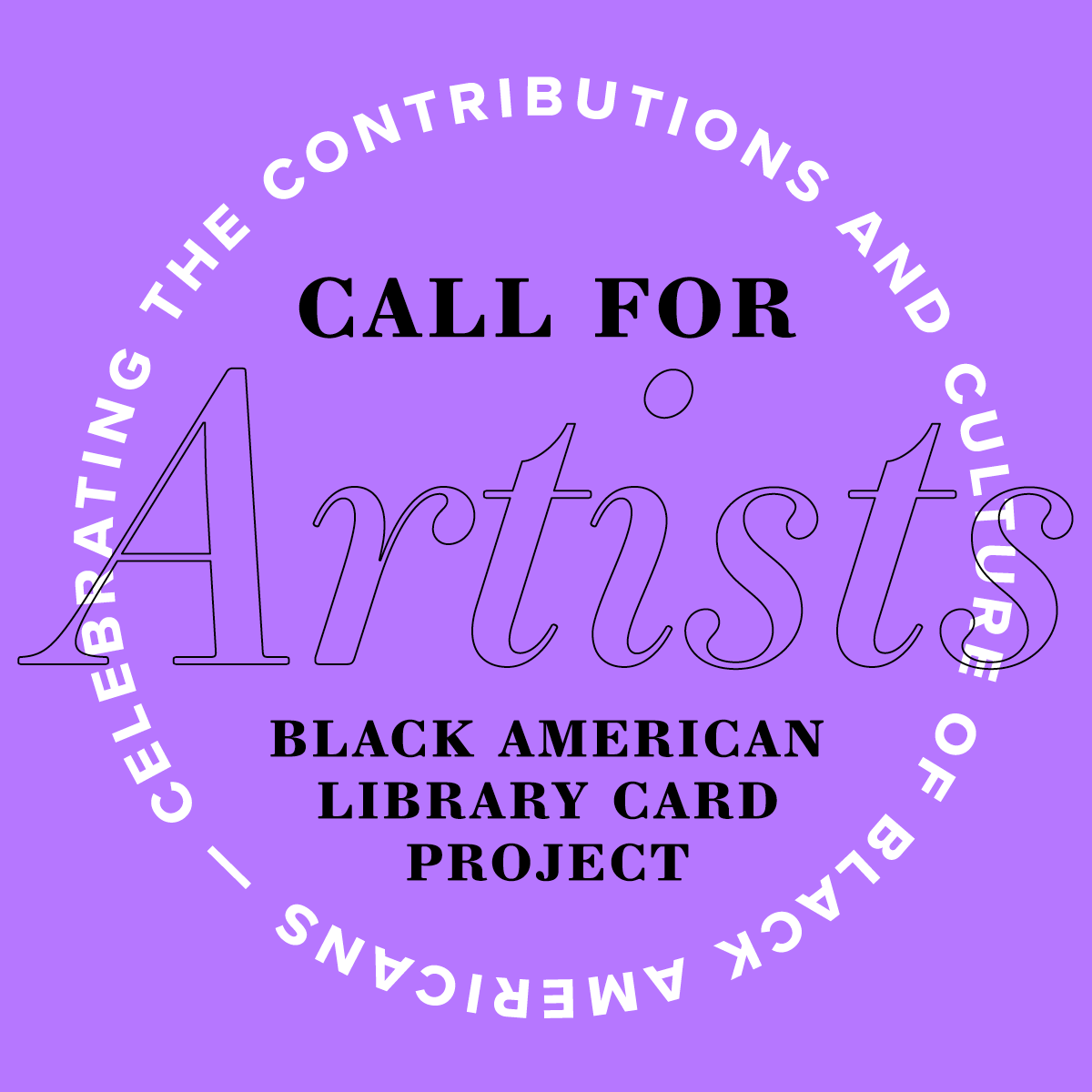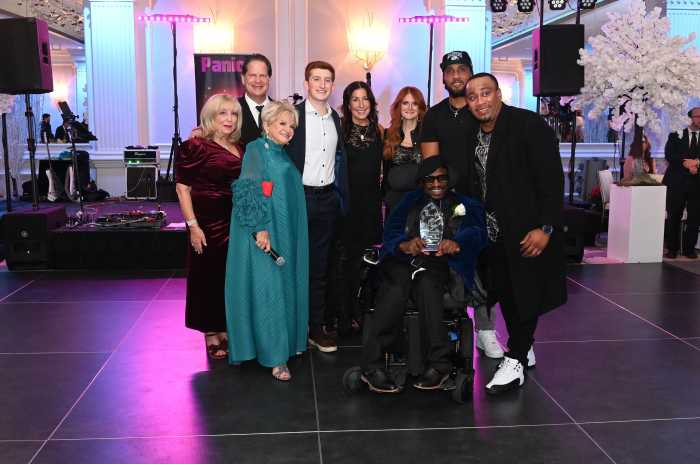Cards have always been fun staples in Black culture, from rappers with flashy black credit cards to chilling with family and friends playing a heated game of spades. It’s time for ‘Black cards’ to not only be a symbol of entertainment or luxury, but the gateway to education and enrichment. Buckle up, because this year, Black cards are going to the library.
The Brooklyn Public Library (BPL), in partnership with Borough President Eric Adams and Community Board 3’s (CB3) Arts and Culture Committee, will release a special limited-edition Black American Library Card this summer to celebrate Black culture and history in Brooklyn and America. They are also currently holding an open design contest for young adults to determine what the card will look like with a $2,000 stipend for the winning artwork.
“This is another example of the innovative thinking of the community board in Bedstuy. And an example of a community resident being engaged and involved and giving back to that community,” said CB3 District Manager Henry L. Butler.
Butler said he’s spent plenty of time at Macon Library because of his two kids, who are now young teens. “The youth programs, we spent a lot of time getting them involved in reading,” said Butler.
The idea for the card was first pitched by Wendy Robinson and T.J. Wilson with the Arts and Culture Committee of Community Board 3, said BPL Spokesperson Fritzi Bodenheimer. They approached the BPL with the idea of a special library card to celebrate and raise awareness of the Dionne Mack-Harvin African American Heritage Center at Macon Library in Bedford Stuyvesant and recognize the many contributions of Black Americans in the neighborhood, he said. After further discussion and reflection, BPL decided to make the card more widely available to everyone in the borough, he said.
The card will be a part of the BPL’s Juneteenth 2021 celebrations since this will be the first real year for the official statewide holiday. It will be featured at the Macon Library and available at all library branches in Brooklyn that are issuing library cards. This card is the first in a series of future ‘Celebrating Heritage’ library cards.

Despite jabs and the notion that Black people don’t read, libraries and reading have always been of huge service to African American and low-income communities.
The American Library Association (ALA) documented the monumental impact of “formal, informal, and even secret book and reading clubs” of Blacks in the 18th century in the U.S. Before that time, slaves and their descendents were not widely educated so people who did know how to read were either nonexistent or in hiding, except for in certain free states or in the North.
“A New York state law required that a slave be taught to read the Bible by the age of 18 or be set free,” reported the ALA. As a result of this law, and laws like it, by 1803 Sunday schools were very popular and the New York Female Union Society to Promote Sabbath Schools established a lending library in 1823.
However, many Black people at the time were still not allowed to use libraries, so they opted to form their own. There were enthusiasts, like Arthur Schomburg, who famously collected the basis for the Schomburg Center for Research in Black Culture of the New York Public Library in his small apartment before it opened in 1905.
By the 1920s and 30s, they had built libraries or “Negro branches” in cities with large Black populations, such as Atlanta, Philadelphia, Houston, Mississippi, and Charlotte. Libraries were often the backdrop of social change, holding civil rights meetings that were met with violent consequences. After Plessy v. Ferguson’s “separate but equal” case was overturned in 1954, Blacks were often beaten, arrested, or lost their jobs for attempting to even register for library cards.
Eventually, the establishment of grand libraries at Historically Black Colleges and Universities (HBCUs), starting with Virginia Union University in 1865, cemented their importance to accredited Black institutions and campus life.
“I’m overjoyed,” said Robinson, about the card idea coming to fruition this year. “I learned about the African American heritage center while I was at my first committee meeting as a board member and I’m also a resident. And I was like wait a minute, I go to this branch all the time and I didn’t know it was there.”
Robinson works two jobs and makes time to volunteer at the community board. She said back in 2019 the library room was kind of under renovation and figured if she hadn’t known about it there were plenty of other residents who didn’t either. The project was paused briefly due to the COVID-19 crisis and the unfortunate shuttering of the city’s libraries for several months, but they have since resumed with limited services in many locations.
She said she is excited to be on the judging committee for the designs this month, and suspects there will be many Black Lives Matter creations.
“Any art form, some people create works in just black and white. You know, the sky’s the limit on what people can submit,” said Robinson.
The plan is to debut the card on or near Juneteenth, but from January 4 to the 31, artists ages 13 and older can submit their designs. Those under 18-years-old must have a parent or guardian’s permission to submit designs for the library card. Designs will be reviewed by a panel of BPL staff and community members. Finalists may have their works displayed too.






